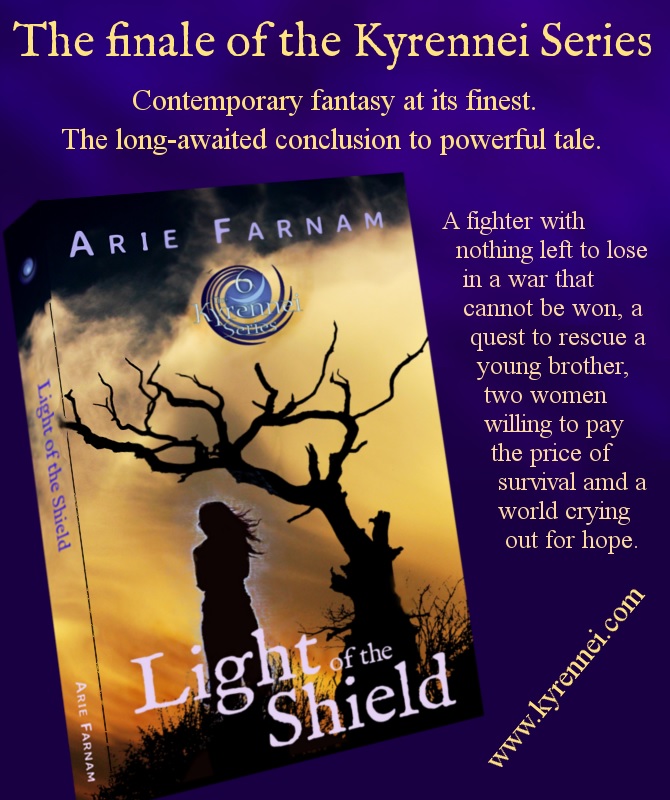Not all opinions are equal
/I have always wanted to be for peace.
The peacemakers of today’s well-connected world cry, “Everyone is entitled to their own opinion! Just scroll on past!”
And I find that I cannot be a peacemaker because all opinions are not created equal.
There are opinions about whether this or that candidate is better. There are opinions about how we should manage the city water problem. There are opinions about which health care or tax policy is best. And generally those opinions are all equal. I may disagree with one or more, but I am happy to listen and let live.
It’s when an opinion is hate against a person or group of people due to circumstances beyond their control that it is no longer an opinion, or at least no longer equal.
Many pundits blame social media for the angry divides of today’s society. And I can see why. Social media is where a lot of arguments happen.
But social media is designed to send us what we like. The algorithms of the various sites don’t send us everything available but rather place us in bubbles of mostly those who agree with us. We only encounter a fraction of the differing opinions out there.
Social media doesn’t set out to create conflict. Quite the opposite. But technology has become a great leveler.
I think it is more that relatively cheap and portable technology has given voices to everyone and blurred lines of geography. It makes the saying, “Injustice somewhere is injustice everywhere,” more palpable.
The fact is that the world was NOT less divided thirty years ago or a hundred years ago. It was more divided.
But privileged people didn’t know about most of it and those experiencing the most injustice had only each other to talk to about their exploitation. The world was more segregated and groups deemed unsightly either stayed out of sight or were put out of sight.
Today the world is not any more divided than it was, but we know about more divides than we used to. Opinions and the actions they engendered which harmed less privileged groups were not often challenged because the harmed groups had no voice and no access to the places where the privileged relaxed and talked.
Now that social media is that place and technology has allowed almost everyone in, we are confronted by those we have opinions about. And they talk back..
I grew up in remote, rural Eastern Oregon, an area that voted 70 percent for Trump in 2016 and which was almost entirely white when I was a child.
When my mom first arrived in the area to homestead with my father, she saw a black family at a gas station in the tiny town of Elgin. She went up to them gladly. Black people had taken her in when she had to leave home at seventeen and she was overjoyed to see their faces. But the father told her they were leaving because of the rampant racism and ostracism in the area.
They left and that was that. No more “divide” in the community.
When I heard racist jokes at school as a child, I didn’t call them out the way I do on Facebook. I kept my head down because as a kid with a disability, I got plenty of bullying as it was. It wasn’t a “divide” because I had no voice, no possibility of standing up, and People of Color were simply elsewhere.
Now we see a divide. Before we could pretend it didn’t exist because those who were vulnerable hid it to survive or were so far removed from us that we never saw or heard from them.
Opening up, people who were shut away walking out in public, the formerly silenced having a voice—these things are not divisive. It is not the “evil” of social media that creates the strife.
It is bigotry and judgementalism. It has always been there. Now it is being challenged.
I welcome differences of opinion when they are not about judging and mistreating others. It is really that simple. Not all opinions are equal. You are entitled to your opinion so long as it does not incite hatred or judgment against others for characteristics they did not choose… or even for things they did choose in so far as they have no bearing on anyone beyond themselves.
Ridiculing a person with a disability, accusing them of “faking” or declaring what you think they should not be allowed to do or have responsibility for is not an “opinion.” It’s an attack for the purpose of silencing and dismissing people.
I am fine with discussing health care policy and climate policy and immigration control and medical ethics with varied viewpoints. What is not open for discussion and what will get comments deleted without warning are those opinions which specifically judge and attack people for reasons that are innate to them.
People standing up to judgement, on the other hand, are welcome. Our voices only sound strident or hot-tempered because they are rusty from too much silence.
Fair warning.





























